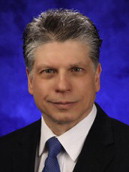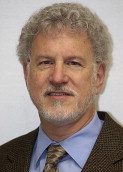

In this issue of Facial Plastic Surgery Clinics , invited expert surgeons in the field of cosmetic and reconstructive facial surgery come together to form panels to discuss 6 questions on procedural approaches for facelift, facial fillers, chemical peels, fat grafting, lip augmentation, mandible fractures, subcondylar fractures, and facial reanimation. The questions vary to best address frequently controversial and debated issues about the procedure under discussion, but common to every discussion is the same question asked of each expert: What have you learned or how has your approach changed over the past few years and why ? This 1 question alone provides readers a glimpse into the evolution of thought, technique, and expertise of the finest facial plastic surgeons practicing today.
The rapid and dramatic stretching of limits in science and technology and technique is pushing this field to artfully perform techniques not possible just a decade ago. The veritable explosion of “cosmetic experts” and techniques has put into the reach and into the consciousness of the general public the potential for plastic surgery formerly available to only a small population. In reflecting the highly individualized nature of Facial Plastic Surgery, we chose this innovative publication format to provide an interplay of responses between experts much like a live panel. The goal of each article is to allow the panelists to discuss “issues” and offer their personal thoughts—particularly the opportunity to compare and contrast with the ideas of other experts—about a technique and treatment, rather than to have the article narrowly focus on only 1 author’s experience. As we continue to educate ourselves in the best techniques and methods available to provide the best outcomes, we all continue to grow from listening to one another and challenging our own methods in this artistic specialty.
This is volume 1 of a 2-volume panel discussion and debate among experts. Interestingly, we as guest editors found ourselves learning and growing merely from determining which were the most important questions; we sincerely hope that our fellow surgeons and surgeons-in-training come away with minds wide open and enthusiasm to continue evolving with the best techniques available after reading this issue. Read on and enjoy!
Stay updated, free articles. Join our Telegram channel

Full access? Get Clinical Tree








